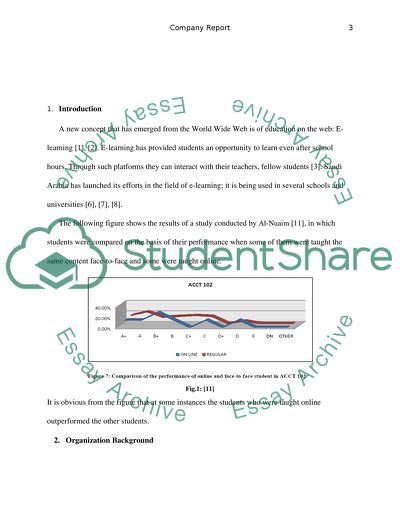Cite this document
(The Concept of Distance Learning at a University Research Paper, n.d.)
The Concept of Distance Learning at a University Research Paper. Retrieved from https://studentshare.org/information-technology/1563199-e-business-strategy-company-report
The Concept of Distance Learning at a University Research Paper. Retrieved from https://studentshare.org/information-technology/1563199-e-business-strategy-company-report
(The Concept of Distance Learning at a University Research Paper)
The Concept of Distance Learning at a University Research Paper. https://studentshare.org/information-technology/1563199-e-business-strategy-company-report.
The Concept of Distance Learning at a University Research Paper. https://studentshare.org/information-technology/1563199-e-business-strategy-company-report.
“The Concept of Distance Learning at a University Research Paper”, n.d. https://studentshare.org/information-technology/1563199-e-business-strategy-company-report.


